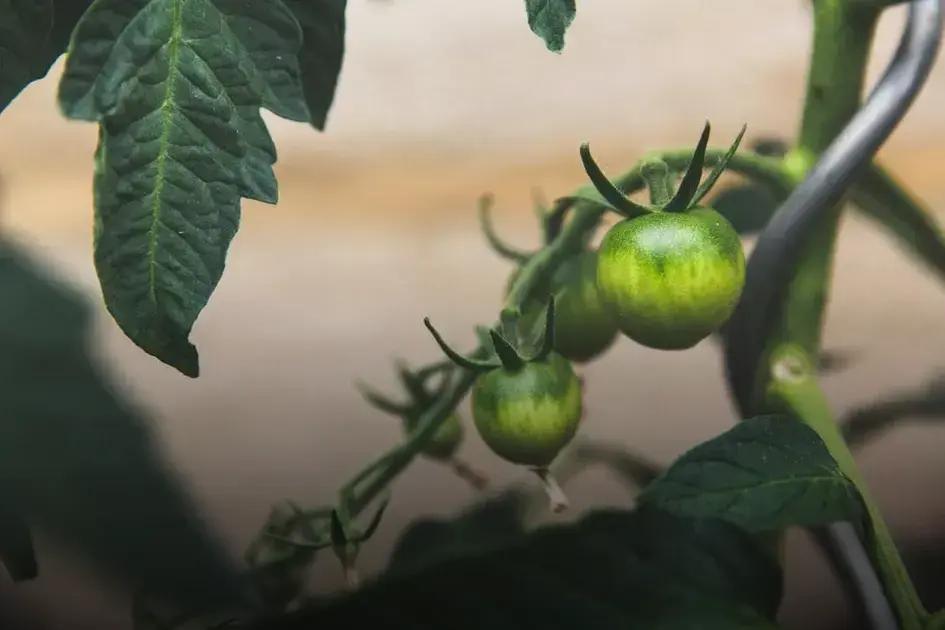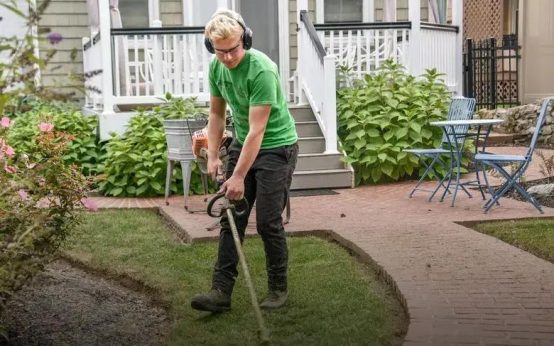Want to fill your garden with the picturesque beauty of roses? Discover how to grow beautiful roses at home effortlessly. With the right approach, you can transform your backyard into a stunning rose haven. Start by selecting the best rose varieties and preparing your soil meticulously. Stay tuned as we delve into essential tips on watering, feeding, and much more.
Choosing the Right Rose Varieties
Choosing the right rose variety is crucial to ensure your garden blooms beautifully. To begin, consider the climate and soil in your area. Some rose varieties thrive in humid climates, while others prefer dry conditions. Understand your local environment to pick the best variety.
Floribunda roses are excellent for gardeners wanting vibrant color. These roses provide a continuous bloom throughout the season and are relatively easy to maintain. However, they require slightly acidic soil and well-drained spaces.
For those looking for classic beauty, Hybrid Tea roses are an outstanding choice. Known for their long stems and large blooms, they add elegance to any garden. It’s crucial to note they need more attention and protection against pests.
Another variety to consider is the Climbing rose. These roses are perfect for adding height and creating stunning vertical displays. Ensure proper support structures, such as trellises, are in place for these vigorous growers.
Finally, if you desire easy care and resistance, try Shrub roses. These are versatile and require less pruning, making them ideal for beginner gardeners. Consider Old Garden Roses or Knock Out varieties for a more robust garden landscape.
Preparing the Perfect Soil for Your Roses

Preparing the Perfect Soil for Your Roses
The soil you choose for your roses plays a crucial role in their growth and bloom. A well-draining soil is the key to preventing waterlogged roots, which can lead to root rot and other issues. Mix organic matter such as compost or well-rotted manure into your soil to improve its structure and fertility. This not only enriches the soil with nutrients but also enhances its moisture-holding capacity.
When preparing the soil, ensure that it is loamy and slightly acidic. The ideal pH for rose soil is between 6.0 and 6.5. You can test your soil’s pH using a home test kit and amend it with lime to raise the pH or sulfur to lower it, if necessary. Ample sunlight is essential, so choose a location that receives at least six hours of sun per day.
Tilling the soil to about 12 to 18 inches deep helps aerate it and enables the roots to grow deeply, ensuring better stability and nutrient absorption. Consider adding perlite or sand to improve soil drainage, especially in heavy clay soils.
By preparing the soil carefully, you set a strong foundation for your roses to thrive and produce magnificent blossoms.
Watering and Feeding Your Roses
Roses require careful attention, especially when it comes to watering and feeding. It is crucial to understand the needs of your rose plants to maintain their health and help them bloom beautifully.
Watering your roses is essential but be mindful of the soil’s moisture level. Roses need about an inch of water each week during their growing season. Monitor the weather conditions; in hotter climates, they might need more frequent watering. Ensure that the water reaches the roots by soaking the soil around the base of the plant.
Avoid watering from above, as wet leaves can promote diseases. Instead, use drip irrigation or a soaker hose for best results. Morning is the ideal time to water your roses, allowing the foliage to dry quickly and reducing the risk of fungal diseases.
Feeding Your Roses
Alongside watering, feeding is also critical for vibrant roses. Begin feeding when the first leaves appear. Use a balanced fertilizer, specially formulated for roses, every 4-6 weeks during the growing season. Granular fertilizers are applied to the soil, while liquid fertilizers can be used as a foliar spray or root drench.
Organic options such as compost and well-rotted manure are excellent alternatives that improve soil health while feeding your plants. Mulching with organic material not only enriches the soil but also helps retain moisture and suppress weeds.
Keep an eye on nutrient deficiencies such as yellowing leaves, which might indicate a need for more specific nutrients like magnesium or iron. Address these issues promptly to keep your roses thriving.
Pruning Techniques for Healthy Growth

Pruning is essential for the vitality of rose plants. It helps in shaping the plants, removing dead or diseased wood, and encouraging new growth. Using proper pruning techniques can result in healthier roses with more blooms.
Begin pruning your roses in late winter or early spring when they are dormant. Use sharp, clean shears to make precise cuts, which will heal faster and reduce the risk of disease.
Identify and remove dead wood by cutting back to the base of the plant or to healthy wood. Dead wood often appears brown or black.
Thin out crowded areas of the plant
to improve air circulation and light penetration, which can prevent fungal infections.
Make cuts at a 45-degree angle, about a quarter-inch above an outward-facing bud. This encourages growth away from the center and contributes to a well-spaced, open plant form.
Remove suckers that grow from the base or rootstock of the plant. These suckers can sap energy from the main plant and should be pruned as soon as they appear.
After pruning, apply a suitable fertilizer to support vigorous growth and stunning blooms in the growing season. Proper pruning creates a strong framework for your rose plant, enabling it to thrive.
Dealing with Pests and Diseases
To maintain the health of your rose plants, it is crucial to address pests and diseases promptly. Use integrated pest management techniques, which involve a combination of cultural, biological, and chemical strategies. Start by regularly inspecting your roses for signs of aphids, spider mites, and caterpillars. These common pests can distort growth and weaken plants.
An effective way to control pests naturally is by introducing beneficial insects like ladybugs and lacewings to your garden. They feed on the harmful pests and help maintain a balanced ecosystem. Additionally, practice proper sanitation by removing any dead or diseased foliage from around your plants.
For disease prevention, ensure good air circulation around your roses by spacing plants appropriately. Avoid wetting the foliage when watering, as damp leaves create a suitable environment for fungal diseases such as powdery mildew and black spot.
Consider applying organic fungicides when necessary, especially during wet weather. Products containing neem oil or sulfur can be effective. Always follow the instructions on the label to avoid damaging your roses.
Implement crop rotation and plant resistant varieties to reduce the incidence of diseases. Regularly rotating your rose plants can disrupt the life cycle of pests and decrease the buildup of disease-causing pathogens in the soil.


 Planting Bulbs: When and How to Maximize Blooms
Planting Bulbs: When and How to Maximize Blooms  Best Flowers for a Colorful Backyard Garden: Top Picks
Best Flowers for a Colorful Backyard Garden: Top Picks  How Often Should You Water Your Plants? Find Out Now
How Often Should You Water Your Plants? Find Out Now